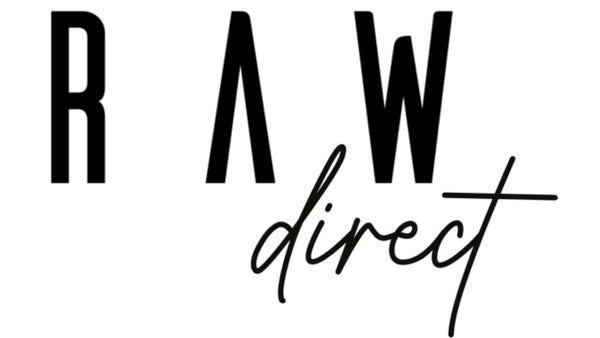Feeding Guide
What is Raw Feeding?
Raw feeding has gained popularity as a natural, healthy alternative to commercial kibble. Many dog owners are eager to switch to raw diets but are unsure of how to start. Common concerns include “What should I feed?”, “How much do I feed?”, and “Is it safe?” In this guide, we’ll break down everything you need to know about raw feeding, helping you transition your dog to a healthier, more natural diet.
Key Principles of Raw Feeding
Raw feeding revolves around providing whole, unprocessed foods that mimic what dogs would eat in the wild. While the specifics can vary, a balanced raw diet typically follows these guidelines:
- 80% muscle meat, sinew, ligaments, and fat
- 10% raw edible bone
- 5% liver
- 5% other organ meat
The beauty of raw feeding is its flexibility. Instead of calculating precise nutritional values for every meal, aim for balance over time. One meal might have more meat, while another may contain more organs or bone.
Why Feed Raw?
Dogs are carnivores by nature, with digestive systems designed to handle raw meat and bones. Their stomachs are highly acidic, making it easy for them to digest raw bones and neutralize harmful bacteria. Raw feeding can improve coat quality, boost energy levels, and promote overall health.
Nutritional Balance in a Raw Diet
The calcium-phosphorus balance is crucial when feeding raw. Meat is high in phosphorus, and bones are high in calcium. Feeding a combination of muscle meat and 10% raw bone gives your dog the ideal nutrient ratio. Whole prey, fish, eggs, and tripe naturally offer this balance as well.
- Organ meats should not exceed 10% of your dog’s diet, with liver comprising 5% of that total. Liver is packed with nutrients, especially if it’s from free-range, organic sources.
- If you plan to feed pork or salmon, freeze the meat for two weeks before feeding to reduce the risk of parasites.
Safety Tips for Raw Feeding
Safety is paramount when transitioning your dog to a raw diet. Follow these essential guidelines:
- Never feed cooked bones. Cooked bones can splinter and pose a serious danger to your dog’s digestive system. Raw bones, on the other hand, are soft and easy to digest.
- Supervise mealtimes. Make sure your dog eats in a calm environment to reduce the risk of choking on bones.
- Feed unusual cuts like chicken feet, beef trachea, and tails. These cuts are rich in chondroitin and glucosamine, which promote healthy joints.
How Much Raw Food to Feed
The amount of raw food to feed your dog depends on its ideal adult weight. Generally, dogs should eat about 2% to 3% of their body weight per day. Start with 2%, split into multiple meals depending on your dog’s age:
- Puppies under 4 months: 4 or more meals per day
- 4–6 months old: 3 meals per day
- 6 months and older: 2 meals per day
After a few weeks on a raw diet, you can adjust based on your dog’s activity level. For less active dogs, 2% might be enough, while very active dogs may need up to 3% of their body weight. The best way to check if your dog is getting the right amount of food is by feeling their ribs—if you can feel them but not see them, your dog is at a healthy weight.
Feeding Puppies on a Raw Diet
Puppies have different nutritional needs as they grow. Feed them 2-3% of their expected *adult weight*, not their current weight. At around four to six months of age, puppies require more edible bone to support the development of their adult teeth. Ensure they get enough food to stay in a healthy, not-too-thin condition.
Debunking the “Complete and Balanced” Myth
One of the most common concerns about raw feeding is that it’s not “complete and balanced.” In reality, no one truly knows what the perfect diet for a dog is, not even the commercial pet food industry. The goal of raw feeding is balance over time, not in every single meal. As long as you’re offering a variety of meats and organ meats, your dog’s diet will naturally balance itself over weeks or months.
Conclusion
Transitioning to raw feeding doesn’t have to be complicated or overwhelming. With a few basic guidelines, you can provide your dog with a healthier, more natural diet that mimics what they would eat in the wild. By feeding a variety of meats, organs, and bones, you’ll help your dog thrive with improved energy, vitality, and overall well-being.
